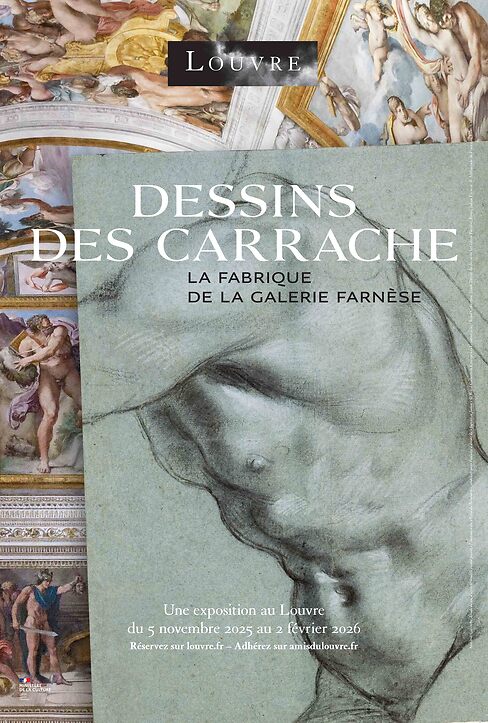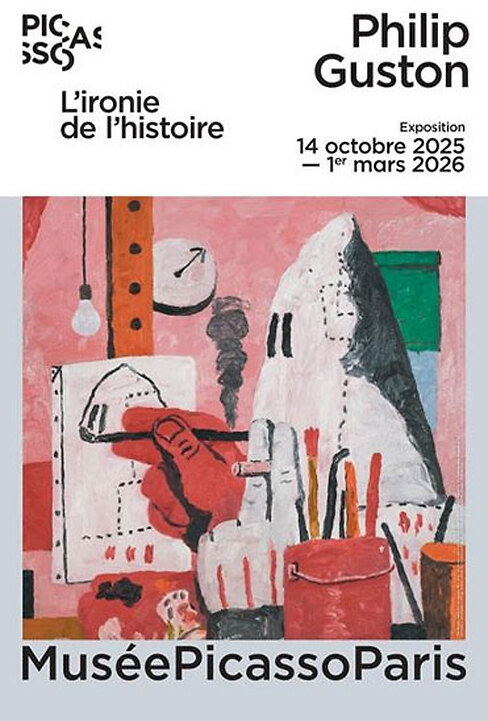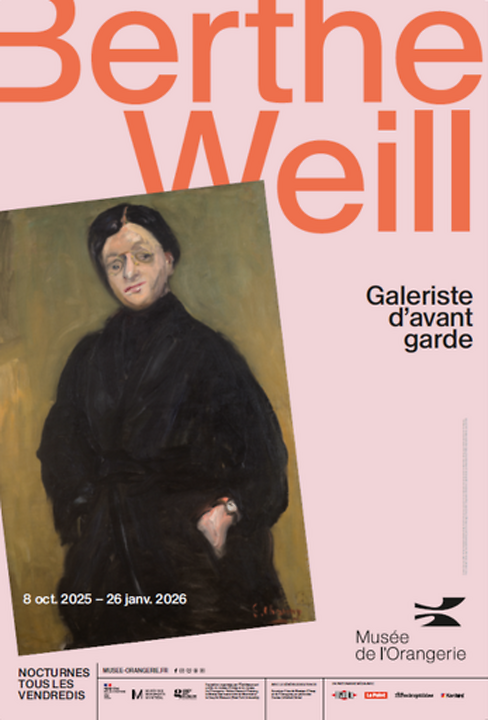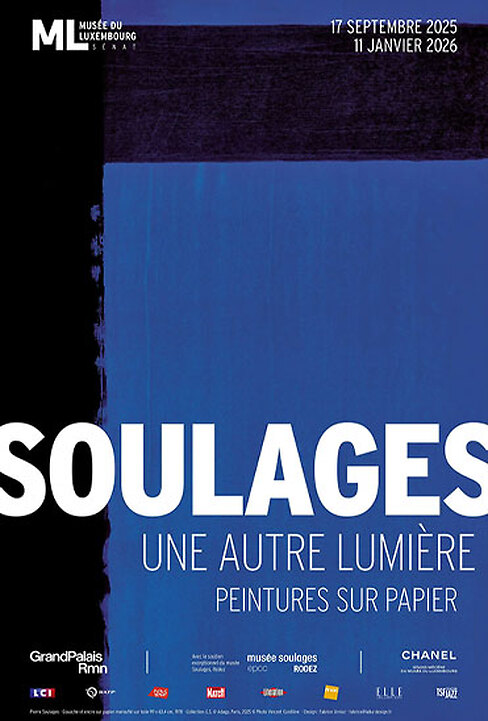With over 35,000 drawings, the Centre Pompidou's graphic art collection is one of the world's largest collections. For the first time, more than 300 works by 120 artists including Dubuffet, Basquiat, Delaunay, Kentridge and many others reveal, at the Grand Palais, a constantly reinvented art of drawing.
With more than 300 works by 120 artists, the exhibition offers a unique exploration of the Centre Pompidou's graphic art collection, organized around four sequences: studying, narrating, drawing, and animating. Without chronological order, the parcours is based on a sensitive approach where works succeed and respond to one another in a domino effect. A unique dive into an art that is fragile, inventive, and ever-relevant.
Coproduction between Centre Pompidou and GrandPalaisRmn
Curators
Claudine Grammont Head of Department, Graphic Arts, Centre Pompidou, Musée National d'Art Moderne
Anne Montfort-Tanguy Curator, Graphic Arts, Centre Pompidou, Musée National d'Art Moderne
Associated curators: Valérie Loth and Laetitia Pesenti, Assistant Curators, Graphic Arts, Centre Pompidou, Musée National d'Art Moderne
Exhibition design: Pauline Phelouzat Architect-designer














